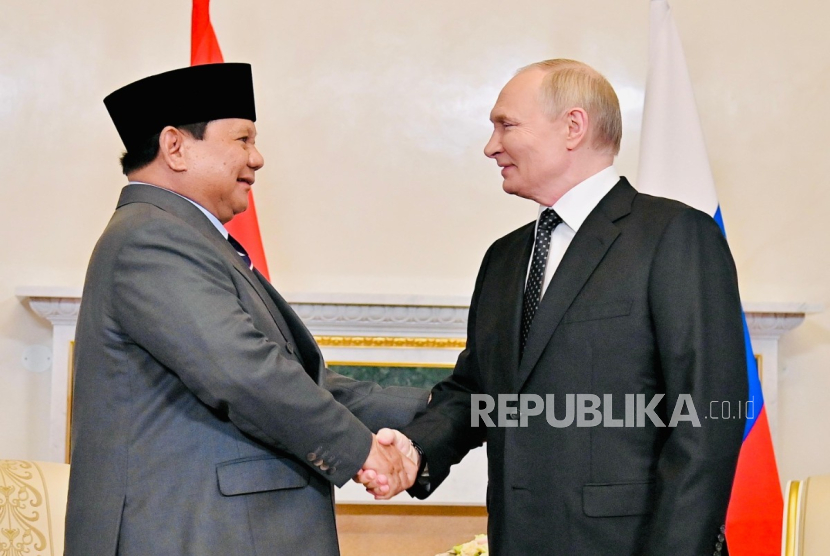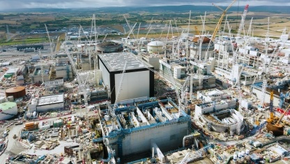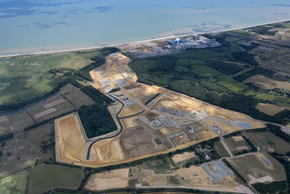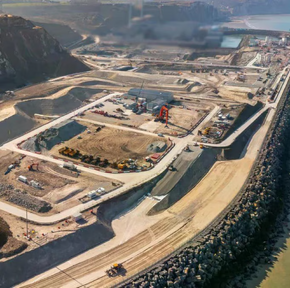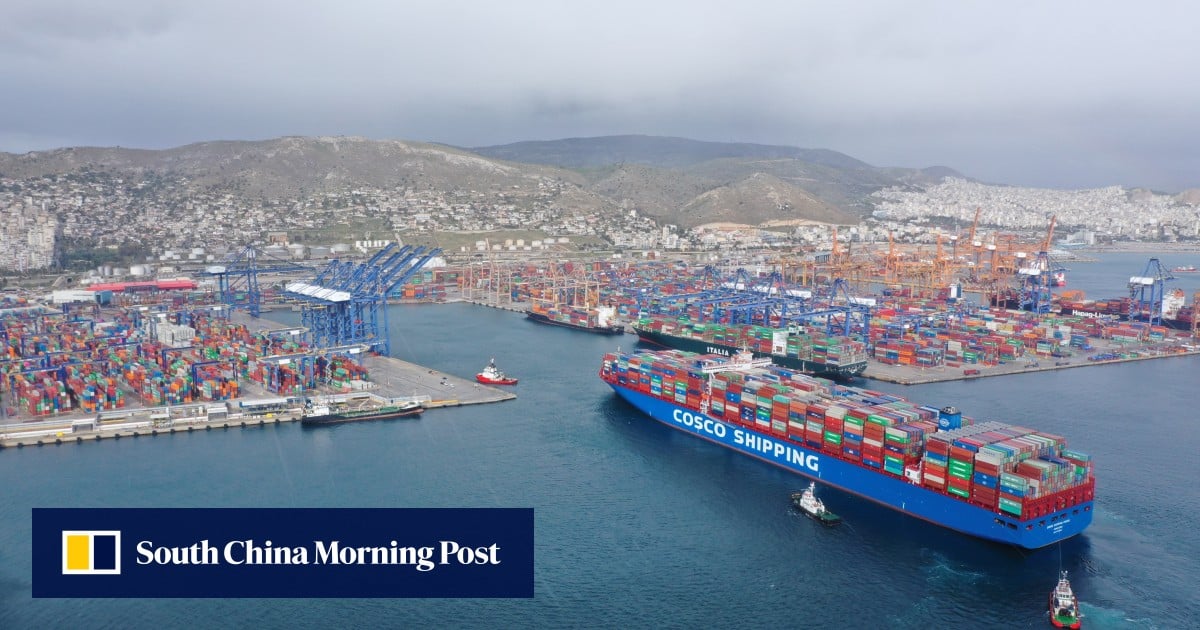SolarisKenzo
Well-Known Member
An interesting video about the ITER fusion reactor, the biggest of its kind in the world, currently being built under supervision of EURATOM and with the participation of the EU, China, Usa, Russia, India, Japan and Korea.
The program, overbudget and behind schedule, is extremely important and is an extraordinary piece of research by itself. Unfortunately and despite all the green-nonsense, ITER will not allow fusion to replace fission. Nuclear power is and will be for many decades (at least) the best way to produce electricity.
The director of ITER also pointed out that "ITER is not a power plant and never will be, it will be a research reactor, an experiment. A research project nothing more...".
The program, overbudget and behind schedule, is extremely important and is an extraordinary piece of research by itself. Unfortunately and despite all the green-nonsense, ITER will not allow fusion to replace fission. Nuclear power is and will be for many decades (at least) the best way to produce electricity.
The director of ITER also pointed out that "ITER is not a power plant and never will be, it will be a research reactor, an experiment. A research project nothing more...".

_74545.jpg)
